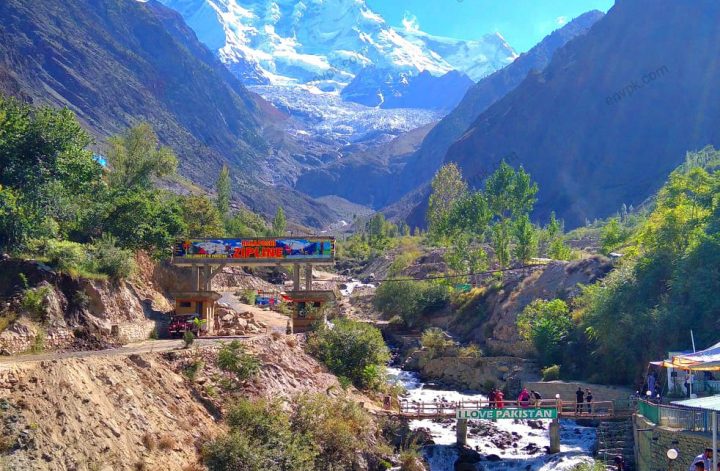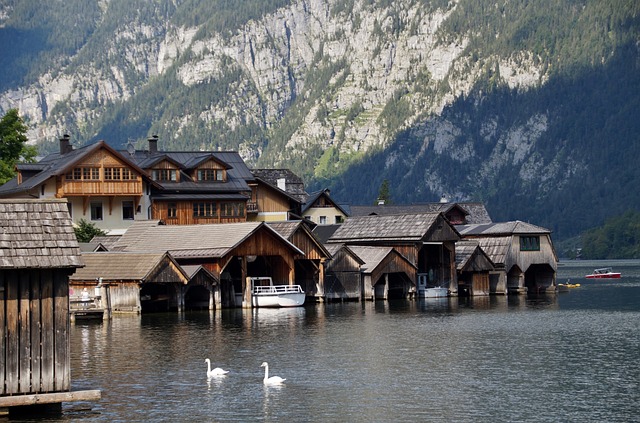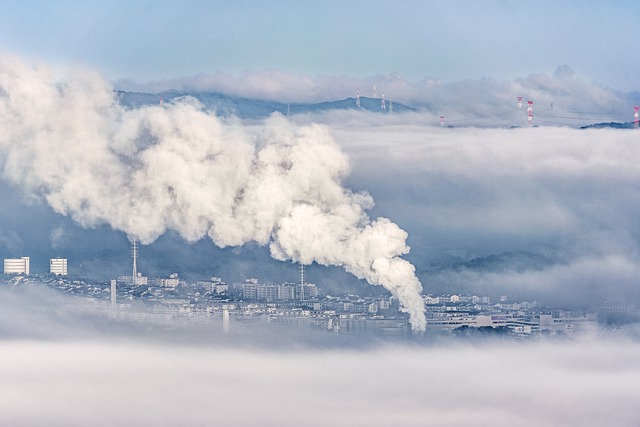Introduction
Glaciers in Pakistan’s northern mountain ranges (the Hindu Kush, Himalayas, and the Karakorum) are melting quickly due to rising temperatures, and a total of 3,044 glacial lakes have formed in Gilgit-Baltistan (GB) and Khyber Pakhtunkhwa (KP). Of them, 33 glacial lakes have been identified as being vulnerable to dangerous glacial lake outburst floods (GLOF). GLOFs are abrupt events that can cause the release of millions of cubic meters of water and debris, resulting in the loss of lives, property, and livelihoods in isolated and impoverished mountain villages. Over 7.1 million people are vulnerable in GB and KP, with 26.7 percent and 22 percent of the population living below the poverty line, respectively.
Also read: Third Pole Is Melting – Himalaya-HinduKush-Karakoram Glacier
The Scaling-up of GLOF risk reduction in Northern Pakistan (GLOF-II) project is a continuation of the four-year ‘Reducing Risks and Vulnerabilities from GLOF in Northern Pakistan’ (GLOF-I) project. GLOF-I helped vulnerable communities prepare for and mitigate GLOF risks through early warning systems, enhanced infrastructure, and community-based disaster risk management.
You may also like: Glacier Melting and Glacial Retreat – Causes, Effects, Solutions
Causes of Glacial Lake outburst floods
Glacial lakes are natural water reservoirs that have been dammed by ice or moraines. A lake outburst can be caused by a variety of factors, including ice or rock avalanches, the collapse of the moraine dam due to the melting of buried ice, the washing out of fine material by springs flowing through the dam (piping), earthquakes, or sudden inputs of water into the lake, such as heavy rains or drainage from lakes further up the glacier.
-
GLOFs may be caused due to earthquake
When the ground is disturbed, such as by an earthquake, the moraine banks, which are deposited rock and mud that dam glacial lakes, burst.
-
Climate Change effect:
when the amount of glacier lakes increases owing to increasing glacial melting induced by climate change
-
Rising Temperature
Rising temperatures have caused glaciers to melt, resulting in the formation of glacial lakes in Northern Pakistan. These have the potential to cause outburst floods, endangering nearly 7 million people.
-
The breakdown of moraine dams
The breakdown of moraine dams has been linked to GLOF episodes. As a glacier retreats, meltwater fills the area between the proglacial moraine (in front of the glacier) and the receding glacier, forming a moraine-dammed lake.
May you also like: Blackening Glaciers of World -Carbon Black Deposition Impact and Black Soot and Ash Deposits on Glaciers – Causes and Impacts
Effects of Glacial Lake outburst floods
The Cascades of glacier bursts, cloudbursts, severe rainfall, and landslides are becoming more common and complicated. The effects of climate change are obvious.
- According to detailed research based on 40 years of satellite measurements, glaciers have lost the equivalent of almost a vertical foot and half of the ice per year since 2000. The research represents the most recent trustworthy analytical result on the influence of climate change on the glaciers of the Himalayas. “If a population resides fewer than 20 kilometers downstream of a glacier lake, the hazard is greater.” These places require careful monitoring and preparation to avoid casualties.
- Flooding caused by glacial lake outbursts is not a new phenomenon in Pakistan. Such glacier outbreaks have occurred often in the northern sections of the nation over the previous two decades. A young girl was killed and 11 others were injured in Chitral in 2020 when a glacier flood washed away six houses and damaged 16 others. The glacier flood also devastated standing wheat and bean fields, resulting in significant financial losses for local households. Summer has been a nightmare for people who reside in Pakistan’s hilly northern provinces for the past three years. Summer implies a rapid rise in temperature, which frequently results in a glacial lake outburst flood (GLOF).
- A glacier lake’s unexpected eruption affects downstream regions with flash floods and debris flow. Pakistan has around 7,000 glaciers, 3,044 of which have generated glacial lakes. Many others have been identified as a possible concern as a result of rising temperatures. At least 7 million people in Gilgit Baltistan and Khyber Pakhtunkhwa are at risk from future glacial lakes. The most essential mitigating method for minimising GLOF risk is to minimize lake capacity in order to limit peak surge discharge. Measures should be done downstream in the GLOF prone area to safeguard infrastructure from the devastating powers of the GLOF surge.
Conclusion
Flooding caused by glacial lake outbursts is not a new phenomenon in Pakistan. Such glacier outbreaks have occurred often in the northern sections of the nation over the previous two decades.
Also read: Impacts Of Changing Monsoon Season Rains Pattern In Pakistan




